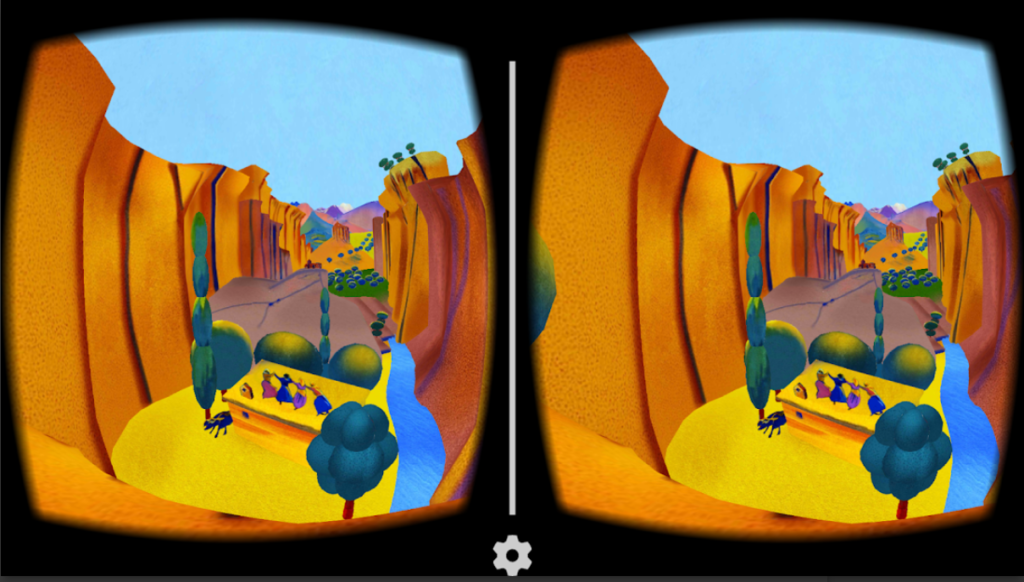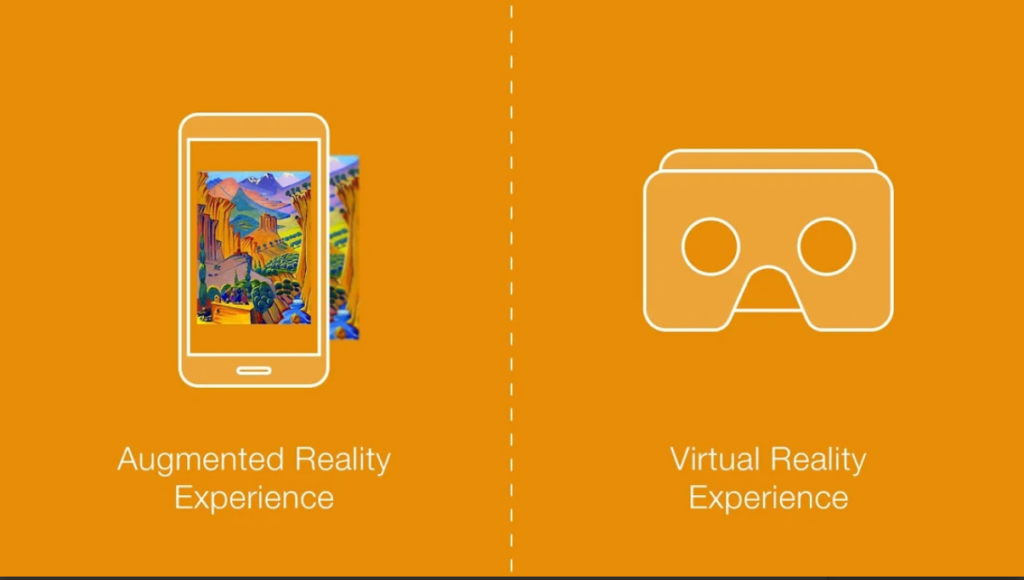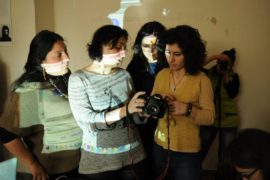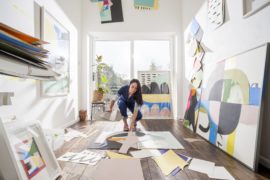Co-founded by Arman Atoyan in 2014, Arloopa is a games development company that provides advanced AR (augmented reality) and VR (virtual reality) services. Using image-recognition and computer vision technology to convert the real world into content rich, interactive experiences, Arloopa is also equipping Armenian artists with the ability to bring two-dimensional artworks to life, paving the way for Armenia to stand at the forefront of the increasingly technological art world. Armenia Art Fair chatted to Atoyan to find out about how the app works, and what it can offer to the Armenian art scene.
Atoyan is passionate about art, and excited about the different options that are becoming available to fuse art and tech together. Arloopa created its first art piece in 2015, creating a VR experience for viewing a Martiros Saryan painting, brining a nineteenth-century artwork into a contemporary technological environment. Atoyan was first inspired to mix art and technology when watching an old Armenian cartoon with his daughter. His attention was caught when the main hero became a part of the painting. “I took the idea from one that was made 30 or 40 years before VR even existed”, explains Atoyan. He then worked to recreate the two-dimensional Saryan painting in a three-dimensional format.


After his initial work with the Saryan image, Atoyan wanted to see what would happen if paintings could come alive and show animation. He told us about an artwork gifted to him by one of his designers in which a girl was playing a violin. For three months, the Arloopa team secretly worked on the painting to make it three-dimensional, so that the girl was actually moving to play her violin. One day, Atoyan gave the designer an iPad and asked him to scan the artwork. His co-worker was so touched by the three-dimensional image that had been created that he was almost crying.
Arloopa adds new value to artworks by inserting new dimensions and sensory experiences. Not only does the application transform paintings into three- dimensional moving images, but also adds music, allowing the viewer to hear what the artist might be listening to while making their artwork. Now, Arloopa is working with an Armenian painting called Last Night of Komitas by Sargis Muradyan, which was painted in 1956. The work shows the moment when police entered Komitas’s home in Turkey in 1915 and took him away at the beginning of the Armenian Genocide. In Muradyan’s painting Komitas is playing the piano by candlelight as his intruders open the door in the background. Arloopa is working to bring the viewer into Komitas’s room by recreating a piano with keys that move and emits music in a virtual three- dimensional space. The Arloopa team has even sourced voice clips of Komitas’s voice to add to the VR experience. “People have become quite emotional about it”, explains Atoyan, who is working to create a tour in which people can experience the work, which was first shown in Monaco during Armenian Collection 2018 in a presentation of Armenian products in Monte Carlo.

As well as working to bring art historical works of art to life, Arloopa is also collaborating with contemporary artists. During Yerevan-based curatorial initiative HAYP Pop Up’s exhibition The Scale of Life in 2015, Arloopa worked with painter, filmmaker and street artist Luska to bring her mural Vishapunette (Dragonette) to life with the help of VR. Vishapunette is a mythical woman-serpent-dragon created by Luska. In the water-based paint mural, the creature becomes three-dimensional when scanned with the app. The piece was so popular with visitors that viewers asked why the rest of theartworks weren’t given the VR treatment too. Following the show, HAYP and Arloopa worked together to print posters of Luska’s work, allowing people to experience the 3D effect long after the exhibition closed.

In 2017, Arloopa collaborated with the HAYP team again for their Nor Dada (New Dada – Dada was a twentieth-century art movement launched in Zurich which mocked artistic and social conventions and emphasised the illogical and absurd) exhibition in Venice, Italy. Comprising the work of Gayane Yerkanyan, the show presented Armenian typography and its permutations as a metaphor for the individual in an increasingly globalized world. The exhibition deconstructed letters to dismantle traditional and sacred cultural assumptions. Through the incorporation of augmented reality, Arloopa and the show’s curators introduced the “absurd Dadaist machine,” where today’s information technology substituted the iron gears of the early twentieth- century, asking how IT has changed the artist’s craft, lifestyle and the viewer’s experience of the visual world.
So what does Atoyan think about the future of art and technology? He believes that that the two will become more tightly linked. Citing Google’s “tilt brush” tool as an example – which allows people to paint in 3D – Atoyan thinks that before long all artists will be painting in 3D. “Augmented reality makes art more deeper,” he affirms, “Soon art will be much more advanced, adapting to
who is viewing it whether it be kids or adults.”
And what about art, technology and Armenia? Atoyan is always trying to engage people and thinks that art could be more technologically enhanced. “Arloopa is assisting artists to make augmented reality”, explains Atoyan, “It could be the differentiation with Armenian artists and the rest of the world, making them more advanced than their competitors.”



